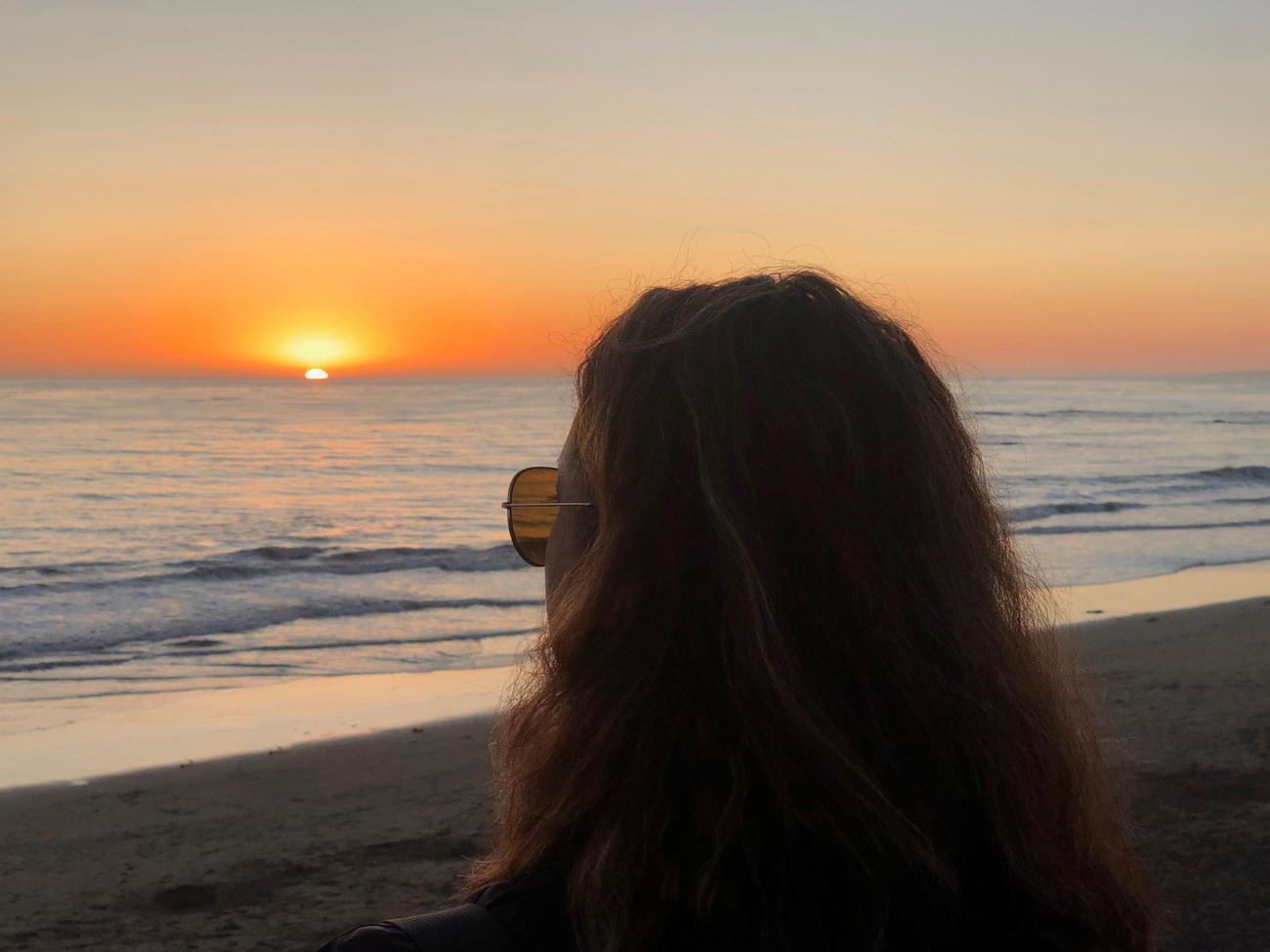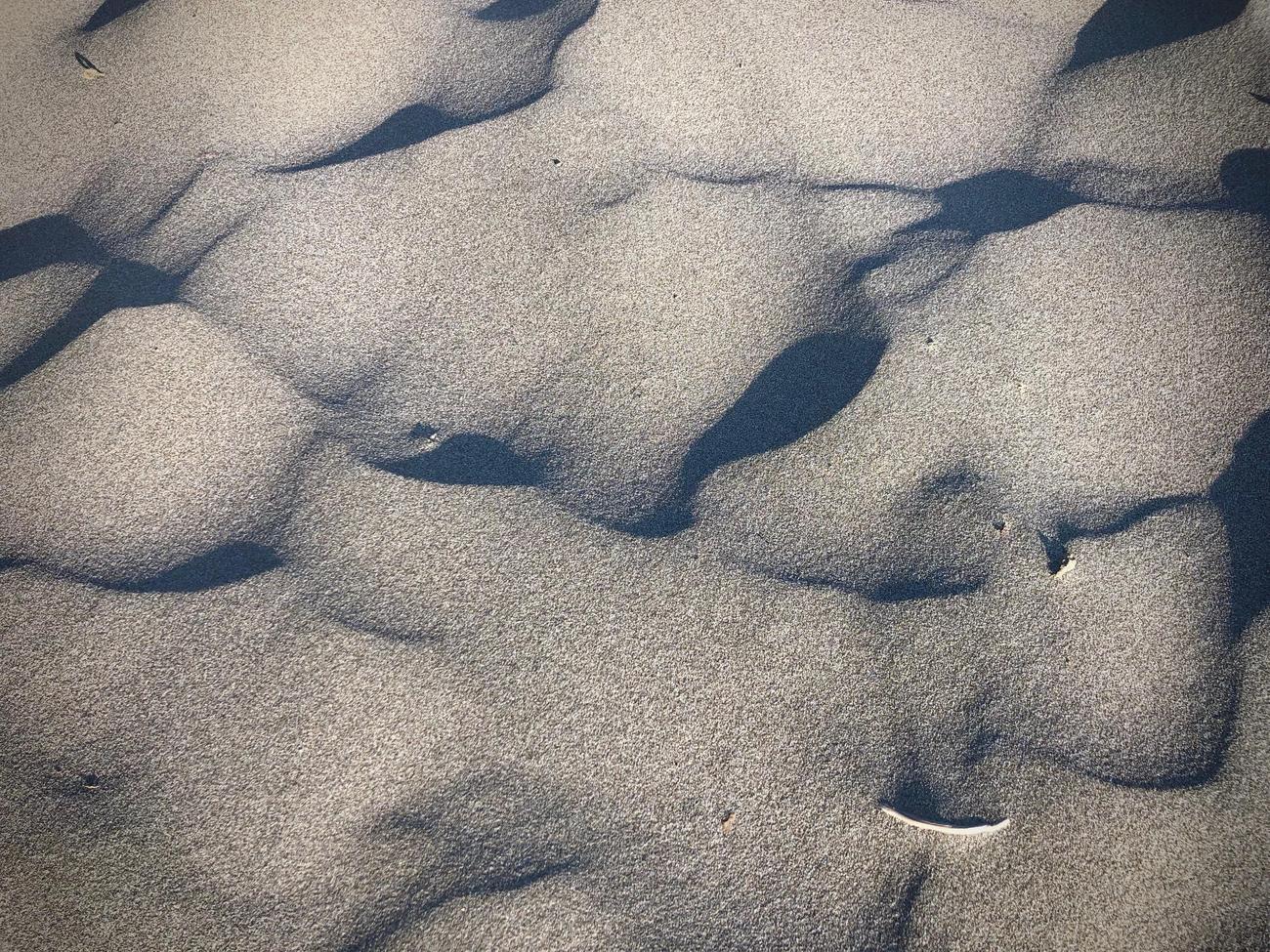Delve into the enchanting world of the moonstone as we embark on an exploration of its mythical secrets and unravel the captivating allure that shrouds this mesmerizing gem. In this article, titled “The Mythical Secrets of the Moonstone: Unveiling Its Mystique,” we will delve deep into the mysticism surrounding this ancient gem, seeking to understand the myth behind the moonstone. As a seasoned gemologist and expert in ancient folklore and mysticism, I bring a wealth of knowledge and expertise to this quest, equipped with years of research experience and a passion for uncovering the hidden truths of ancient legends. So, join me as we peel back the layers of mystery and illuminate the fascinating tales that have woven themselves around the revered moonstone.

What is the myth behind the moonstone?
Throughout history, the moonstone has been enveloped in an air of mystique and has captivated the imaginations of people from diverse cultures. Embarking on a journey deep into the realm of ancient folklore and mysticism, we unravel the myth surrounding this mesmerizing gem, shedding light on the stories that have woven themselves around its revered mystique.
In Hindu mythology, the moonstone is believed to hold the essence of the moon’s ethereal light, as if it were captured moonbeams. Reverentially called the “dream stone,” it has been cherished for its ability to bestow serene and beautiful dreams. Myths intertwine as ancient Rome attributed the moonstone’s pearly luster to the stored light of the moon, evoking an enchanting image of celestial grace.
The ancient Greeks, masters of combining the names of deities to create new entities, fused the names of the Moon goddess Selene and the love goddess Aphrodite, birthing the name Aphroselene for the moonstone. This celestial gem became an embodiment of their powers, a bridge between love and the moon’s ethereal glow.
As mystifying as the moon itself, the moonstone garnered the moniker of the “Traveler’s Stone” for its association with protection during nocturnal journeys, especially at sea. It held a special place in ancient societies, believed to shield sailors from harm and guide them safely through moonlit waters. Its allure extended to the realm of nature as well, with amulets made of moonstone being hung in fruit trees to attract abundant crops.
The moonstone’s association with love, fertility, protection, and sleep perpetuated its sacred status. Woven into the fabric of cultural belief systems, it became a symbol of divine blessings and spiritual harmony. In Hindu mythology, this revered gem is often placed on a yellow cloth, the color of sanctity, further enhancing its divine aura.
“The moonstone is not merely a gem; it is a portal to realms unseen, a vessel of ancient stories whispered to those who are willing to listen.”
Ancient tales also attribute the moonstone with mystical powers. Legends tell of its gift of prophecy and clairvoyance, allowing those who possess it to glimpse into the future. Like a gentle breeze clearing the mind’s fog, the moonstone is said to instill wisdom and clarity, inviting its wearer on a path of enlightenment.
A captivating myth surrounding the moonstone tells of blue moonstones emerging with the tides only once every 21 years. This rare and remarkable occurrence further adds to the allure of this gem, enchanting those who yearn for the extraordinary.
“Within the moonstone’s billowy glow, lies the essence of mystery, beckoning us to uncover the veiled secrets of the past.”
Intriguing and enigmatic, the moonstone has fascinated people for centuries. Its luminescence, akin to a fleeting moonlit embrace, leaves an indelible imprint on those who have witnessed its ethereal beauty. It stands as a testament to the enduring allure of ancient folklore and our collective desire to unlock the mythic stories embedded within the stones that have shaped our history.
So, the next time you hold a moonstone in your hand, ponder the ancient tales whispered through time. Feel the weight of its mystical lineage, hear the echo of its mythical secrets, and embrace the wonder that lies within the depths of this captivating gem.
“For in the moonstone’s gleaming depths, the ancient myths come alive, and the heart of the moon herself dances with ethereal light.”
Moonstone is a fascinating gemstone known for its otherworldly beauty and mystical properties. If you’re curious to learn more about this enchanting stone, we’ve compiled a list of intriguing facts about moonstone. Discover the hidden powers and captivating history behind this mesmerizing gem by clicking here: facts about moonstone. Prepare to be amazed as you delve into the secrets of moonstone and uncover the wonders that lie within its shimmering depths.
Summary of The Moonstone by Wilkie Collins
[youtube v=”uEXbZst1XNk”]
The Moonstone by Wilkie Collins is a fascinating novel that revolves around a stolen diamond called the Moonstone. The story begins in India with a prologue written by an anonymous member of the Varinder family, who provides the history of the diamond. The Moonstone was originally set in the head of a statue of the Hindu Moon God in the old Temple of Somnath. Over time, the diamond was stolen and moved to different locations for safekeeping.
In the 18th century, the diamond was stolen again by Colonel John Hearn Castle from a ruler in India. He later grants the diamond to Rachel Varinder as a gift for her 18th birthday. However, it is believed that the diamond carries a curse and brings serious danger to its owner. Franklin Blake, a close acquaintance, reveals that he has seen a suspicious Indian man following him whenever he talks about the Moonstone.
During Rachel’s birthday celebration, the diamond mysteriously disappears from her cabinet, and suspicion arises within the household. Superintendent Seagrave, a police officer, suspects that the thief is among the inhabitants of the house. Sergeant Cuff, a famous London detective, takes over the investigation and discovers several leads. He believes that Rachel still has the diamond and that Rosanna Spearman, a maid, was involved in the theft.
The story takes multiple perspectives through the narratives of various characters, including Gabriel Betteridge, Miss Clack, Mr. Bruff, and Mr. Jennings. Miss Clack, a false Christian fanatic, tries to convert Rachel and her cousin, Julia. Mr. Bruff uncovers information about the Indians’ plan to steal the diamond, and Mr. Jennings proposes an experiment to reenact the night of the theft to determine the truth.
As the story progresses, Franklin Blake goes to London with a team of detectives to search for the diamond. They follow various suspects, eventually discovering the body of a sailor believed to be connected to the stolen diamond.
The Moonstone is a gripping tale of mystery, deceit, and the pursuit of truth. The characters’ motivations and actions intertwine, leading to unexpected revelations and shocking twists. Collins skillfully weaves together multiple narratives to create a thrilling and suspenseful story that keeps readers engaged until the very end.
Overall, The Moonstone by Wilkie Collins is a captivating novel that explores the consequences of greed, the power of curses, and the lengths people will go to possess something of great value.

FAQ
Question 1: How is moonstone associated with Hindu mythology?
Answer: In Hindu mythology, moonstone is believed to hold trapped moonbeams and is made from the moon’s ethereal light. It is considered a sacred and magical “dream stone” that can bring serene and beautiful dreams.
Question 2: What is the significance of moonstone in ancient Rome?
Answer: In ancient Rome, moonstone was thought to receive its pearly luster from the stored light of the Moon. It was associated with the Moon’s mystical qualities.
Question 3: How is moonstone linked to ancient Greek mythology?
Answer: The ancient Greeks combined the names of the Moon goddess, Selene, and the love goddess, Aphrodite, to create the name Aphroselene for moonstone. It was a gem associated with love and beauty.
Question 4: What protective properties are believed to be associated with moonstone?
Answer: Moonstone is known as the “Travelers Stone” and is believed to protect those who travel at night, especially at sea. It is also associated with love, fertility, and sleep.
Question 5: How is moonstone considered a sacred gemstone in Hindu mythology?
Answer: Moonstone is considered a sacred gemstone in Hindu mythology and is often placed on a yellow cloth, which is the color of sanctity. It is believed to possess gifts of prophecy, clairvoyance, and wisdom.
















